Limiting Climate Change Means Greater Survival
The first study to explore how limiting climate change to a 1.5oC rise in temperature would benefit species throughout the world has found that the vast majority would survive, especially insects.
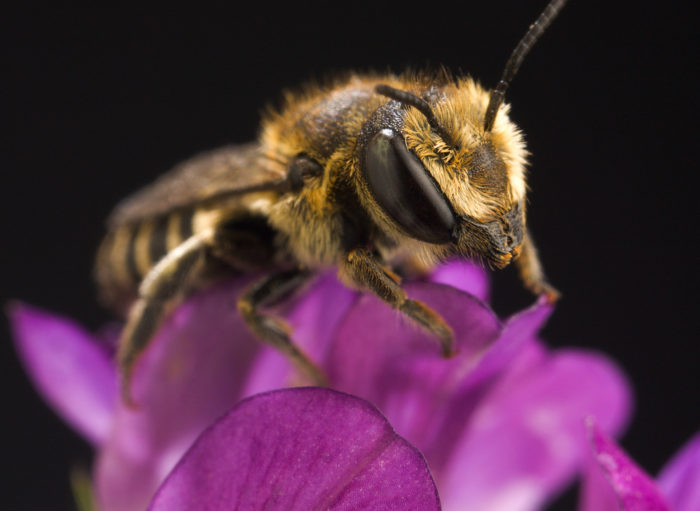 Image: Peggy Greb - Public Domain
Image: Peggy Greb - Public Domain Limiting global warming to 1.5oC would save the vast majority of the world’s plant and animal species from climate change. A new report published in Science is the first to explore how limiting warming to 1.5oC would benefit species globally.
The study reveals that limiting warming to the ultimate goal of the Paris Agreement would avoid half the risks associated with warming of 2oC for plants and animals, and two thirds of the risks for insects. Species across the globe would benefit, but particularly those in Southern Africa, the Amazon, Europe and Australia.
Reducing the risk to insects is particularly important, the researchers say, because they are so vital for ‘ecosystem services’ such as pollinating crops and flowers, and being part of the food chain for other birds and animals.
Previous research focused on quantifying the benefits of limiting warming to 2oC above pre-industrial times – the upper limit for temperature as set out in the Paris Agreement – and did not look at insects.
Researchers at the University of East Anglia and James Cook University in Australia studied 115,000 species including 31,000 insects, 8,000 birds, 1,700 mammals, 1,800 reptiles, 1,000 amphibians and 71,000 plants in this, the largest scale study of its kind.
Lead researcher Professor Rachel Warren said: “We wanted to see how different projected climate futures caused areas to become climatically unsuitable for the species living there. We measured the risks to biodiversity by counting the number of species projected to lose more than half their geographic range due to climate change. We found that achieving the ultimate goal of the Paris Agreement, to limit warming to 1.5oC above pre-industrial levels, would reap enormous benefits for biodiversity – much more so than limiting warming to 2oC.”
“Insects are particularly sensitive to climate change. At 2oC warming, 18% of the 31,000 insects we studied are projected to lose more than half their range,” she explains. “This is reduced to 6% at 1.5oC. But even at 1.5oC, some species lose larger proportions of their range. The current global warming trajectory, if countries meet their international pledges to reduce CO2, is around 3oC. In this case, almost 50% of insects would lose half their range. If temperatures rise by 3oC, ecosystem services provided by insects would be greatly reduced. Other research has already shown that insects are already in decline for other reasons, and this research shows that climate change would really compound the problem.”
The study includes the ability of species to relocate to more suitable locations as the world warms. Birds, mammals and butterflies have the greatest ability to disperse. The dispersal means that a small number of species can gain in range by 2100.
Professor Warren adds: “If warming is limited to 1.5oC by 2100 then more species can keep up or even gain in range, whereas if warming reached 2oC by 2100 many species cannot keep up and far more species lose large parts of their range.”
Co-author Dr Jeff Price said: “Examples of animals to really benefit from limiting warming to 1.5 include the critically endangered black rhinoceros, which is already highly threatened by poaching and habitat loss. There are also species which have been important in evolutionary theory and studied since the time of Charles Darwin, which would benefit from limiting warming to 1.5oC. These include Darwin’s Finches of the Galapagos, such as the large ground finch.”

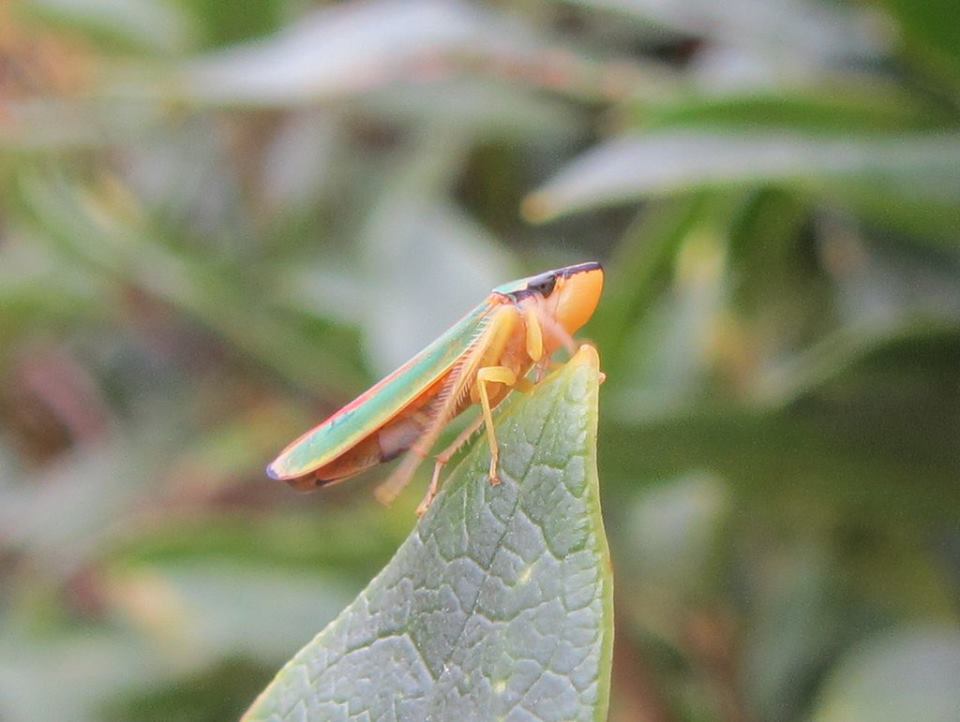
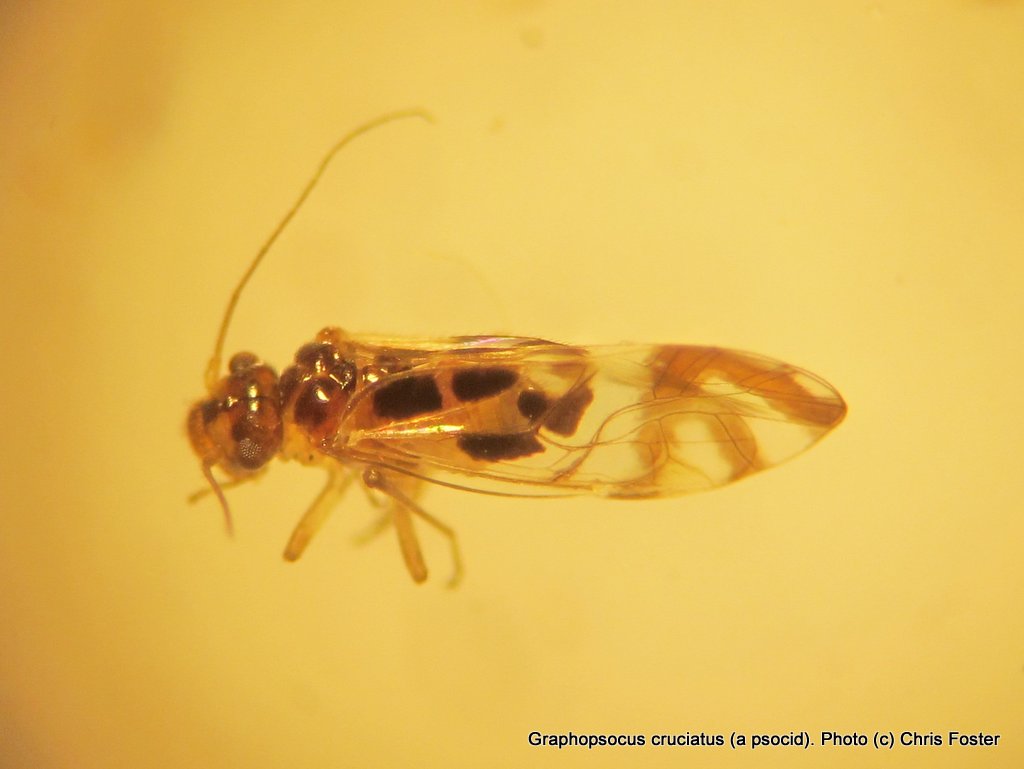
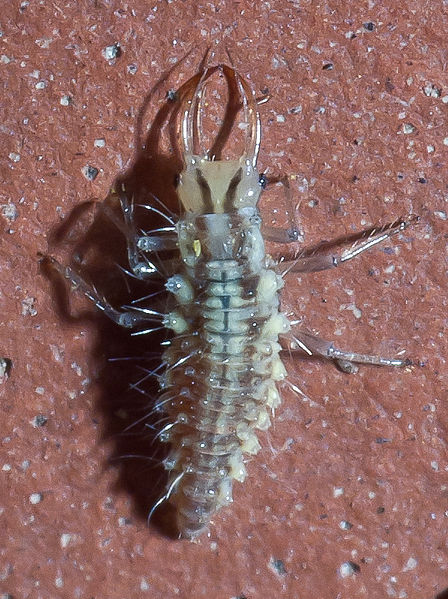
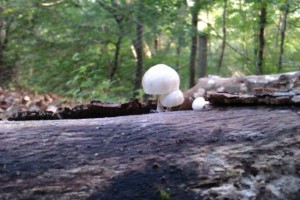
No comments yet.